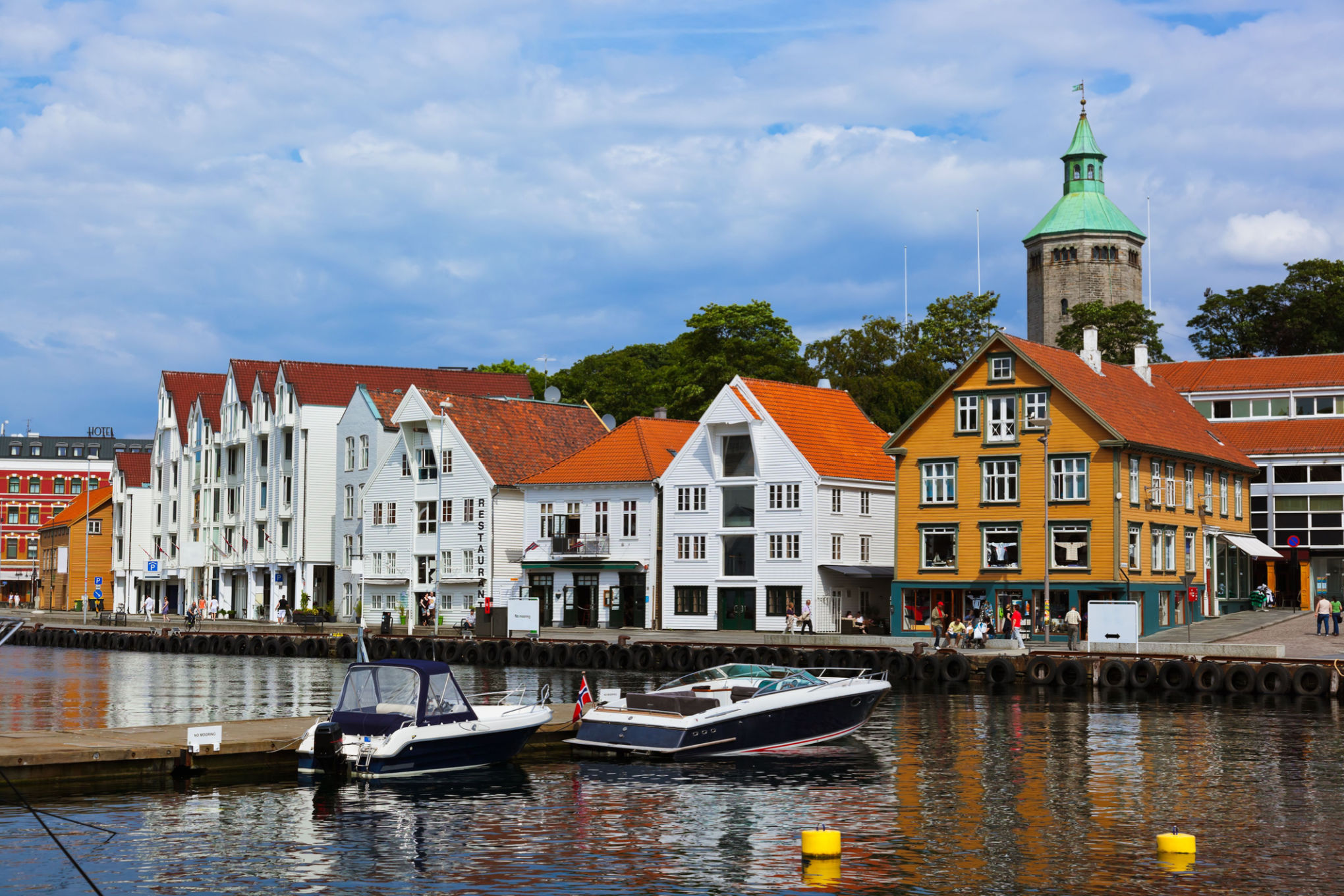
Stavanger, 2024-May-13 — /Travel PR News/ — Stavanger, located on the southwestern coast of Norway, is a city where ancient history and modern industry blend seamlessly. Known as the “Oil Capital of Norway,” Stavanger has played a pivotal role in the Norwegian oil industry since the 1970s, transforming its landscape and economy.
Yet, beneath its modern facade lies a city rich in history, is one of the best places to visit in Norway, with well-preserved wooden houses dating back to the 18th and 19th centuries and a storied past that reaches back to medieval times.
Historical and Cultural Insights
Stavanger’s charm is most evident in its old town (Gamle Stavanger), where narrow cobblestone streets are lined with over 170 white wooden houses from the 18th century. This area provides a picturesque glimpse into the city’s past and is one of Europe’s best-preserved wooden house settlements.
- Stavanger Cathedral: At the heart of the city stands Stavanger Cathedral, built in the 12th century. This medieval church has been a focal point of the community for centuries and remains one of Norway’s most important religious landmarks.
Modern Developments and the Oil Industry
Since the discovery of oil in the North Sea in the late 20th century, Stavanger has experienced rapid economic growth. The city is home to the Norwegian Petroleum Museum, an architectural marvel that offers interactive exhibits about offshore oil drilling, production, and the environment. This museum provides an in-depth look at the industry that shaped modern Stavanger.
Outdoor Adventures and Natural Beauty
Stavanger is not just about urban exploration; it is also a gateway to some of Norway’s most breathtaking natural landscapes:
- Lysefjord: Just a short distance from the city, Lysefjord is famous for its stunning views and outdoor activities. Hiking enthusiasts will find paths leading to Pulpit Rock (Preikestolen) and Kjeragbolten, both offering dramatic cliffside vistas over the fjord.
- Swords in Rock (Sverd i fjell): This striking monument, consisting of three large swords planted into the ground, commemorates the historic Battle of Hafrsfjord. It’s a must-visit for those interested in Viking history.
Getting There
Stavanger is well-connected and easily accessible:
- By Air: Stavanger Airport offers a wide range of domestic and international flights, making it convenient for travelers from around the world.
- By Rail and Bus: Efficient rail and bus services connect Stavanger with other major Norwegian cities, offering scenic views along the way.
- By Ferry: For those who prefer a slower pace, ferry services provide a scenic route to the city, allowing you to enjoy the spectacular Norwegian coastline.
Travel Tips
- Explore Beyond the City: Consider day trips to nearby attractions like Lysefjord and the iconic Pulpit Rock for a more comprehensive experience of the region.
- Local Cuisine: Don’t miss the chance to try local Norwegian dishes, especially fresh seafood, in one of Stavanger’s many waterfront restaurants.
- Cultural Events: Check the local calendar for festivals and events, particularly those celebrating Norwegian traditions and the arts.
Whether you’re drawn to Stavanger by its historical allure, its central role in the oil industry, or its stunning natural settings, this city offers a unique Norwegian experience that combines the best of the past and the present. From wandering through ancient streets to embracing the great outdoors, Stavanger promises a journey full of discovery and wonder.
Discover more destinations at Theluxgate.com
